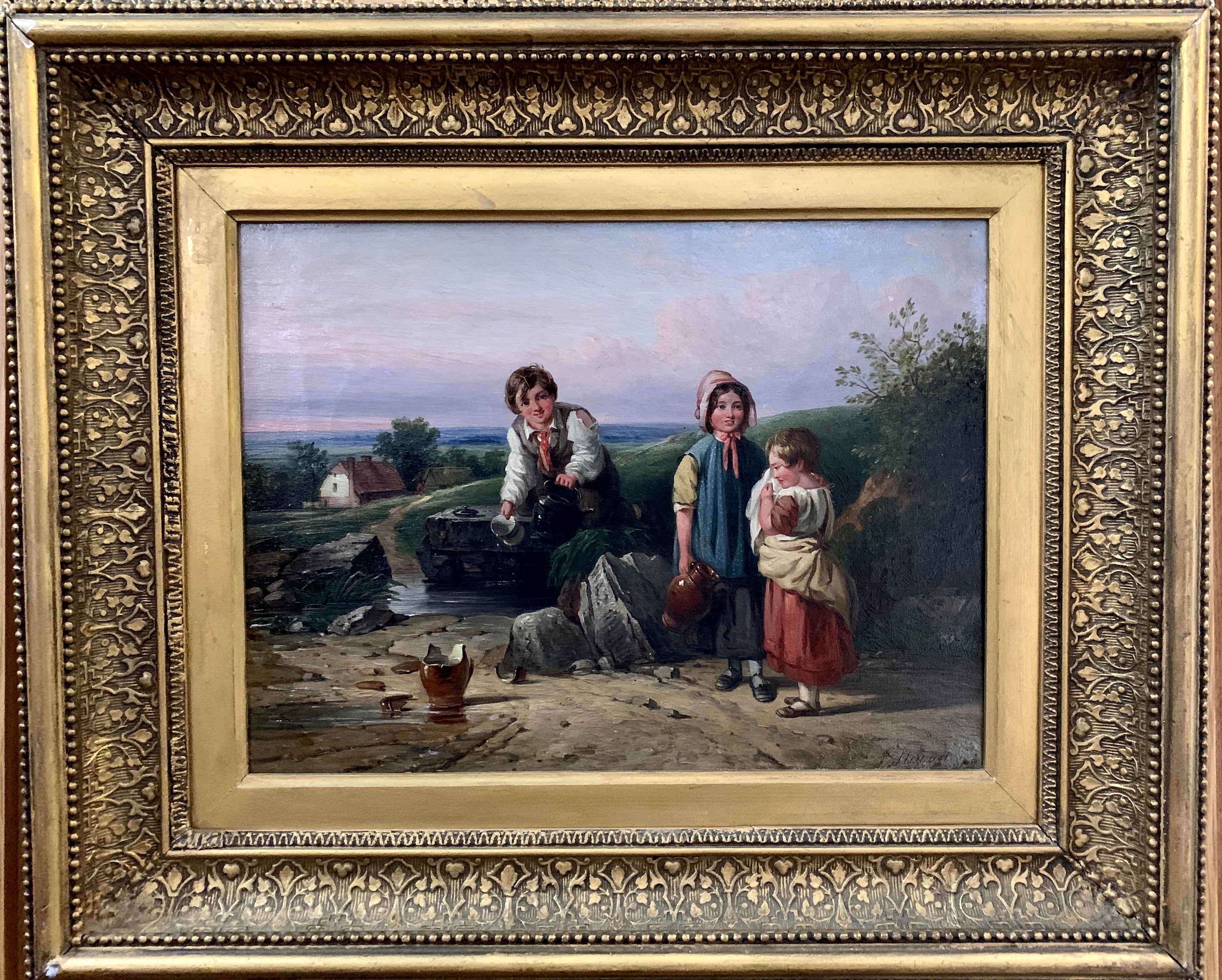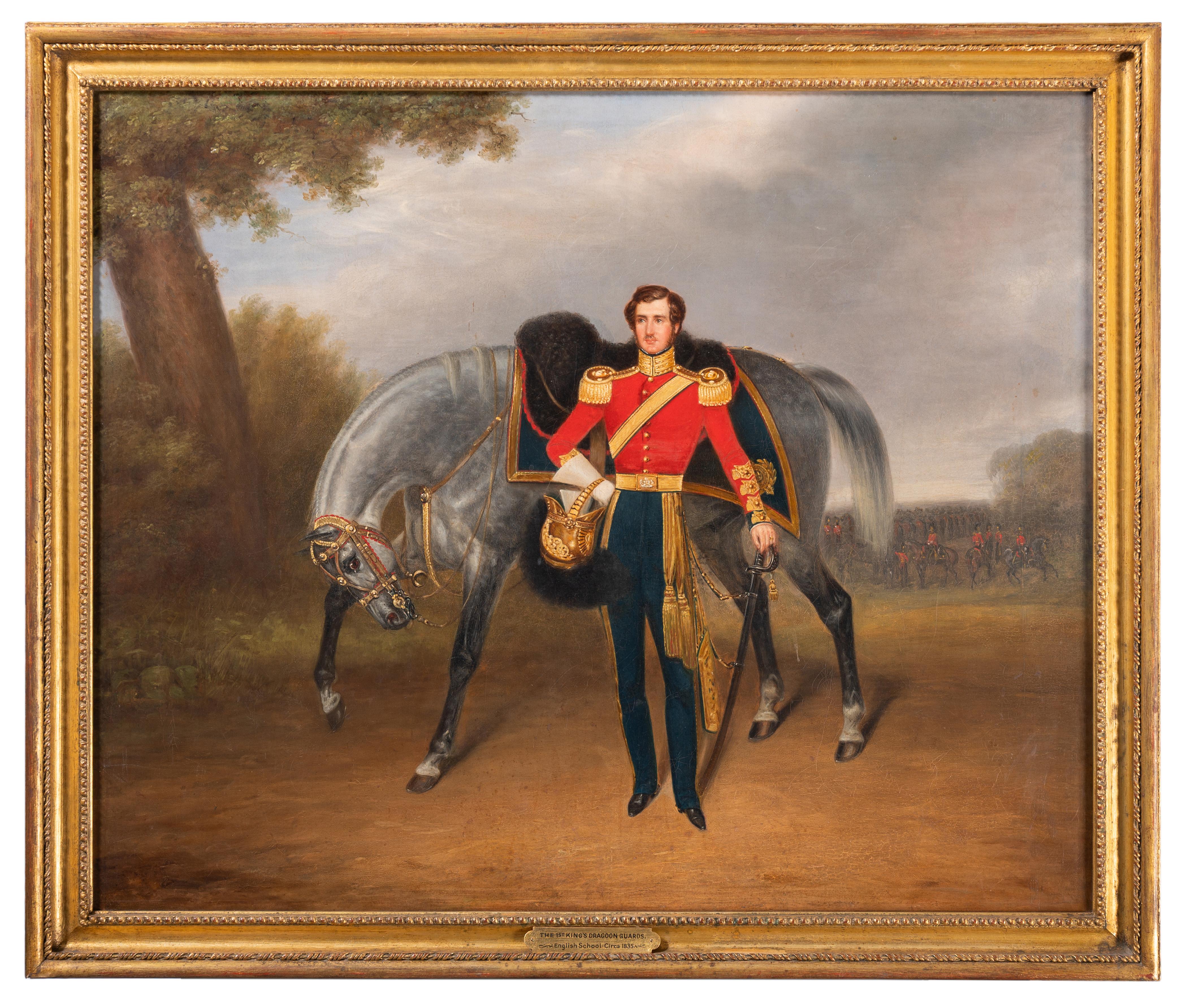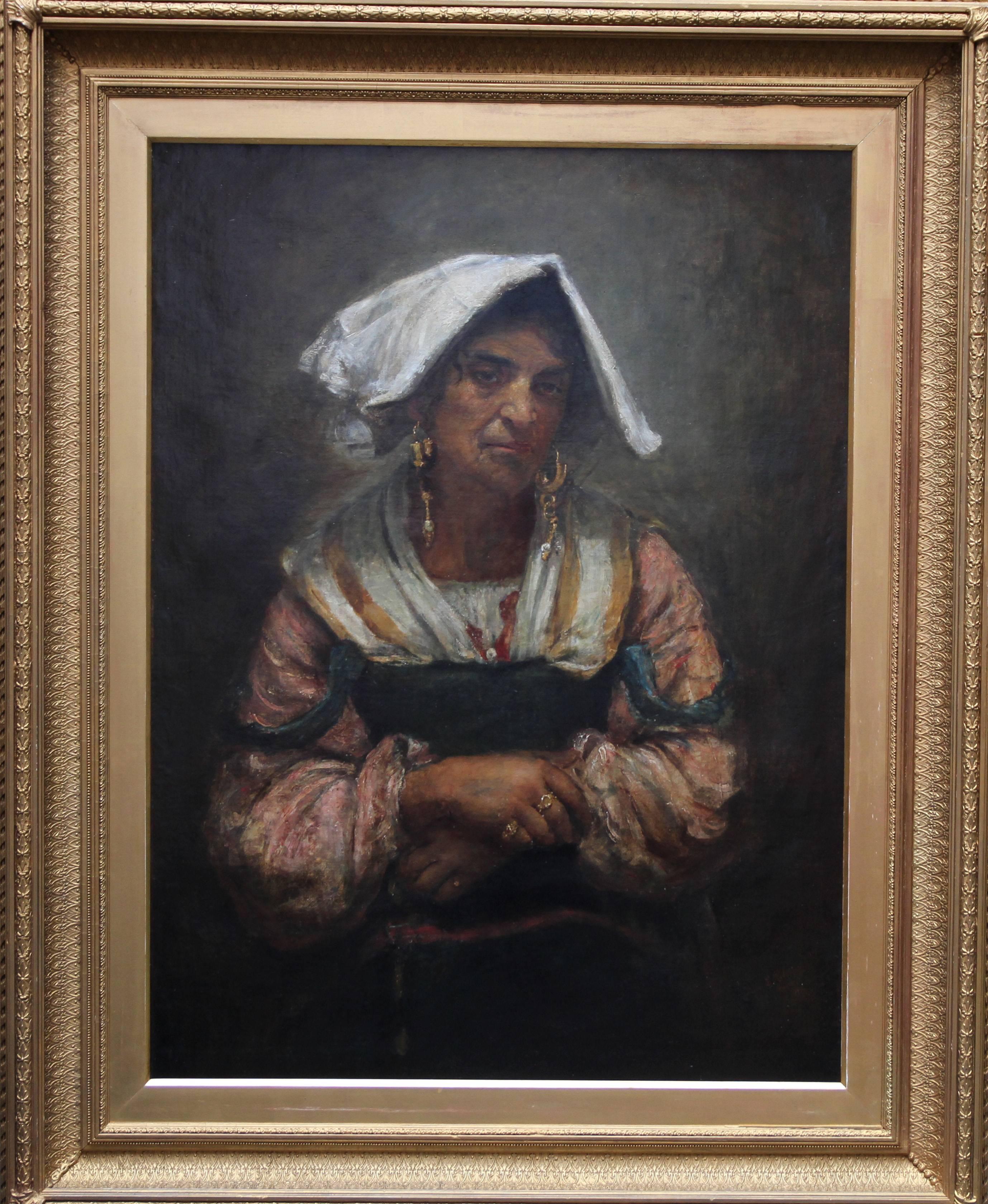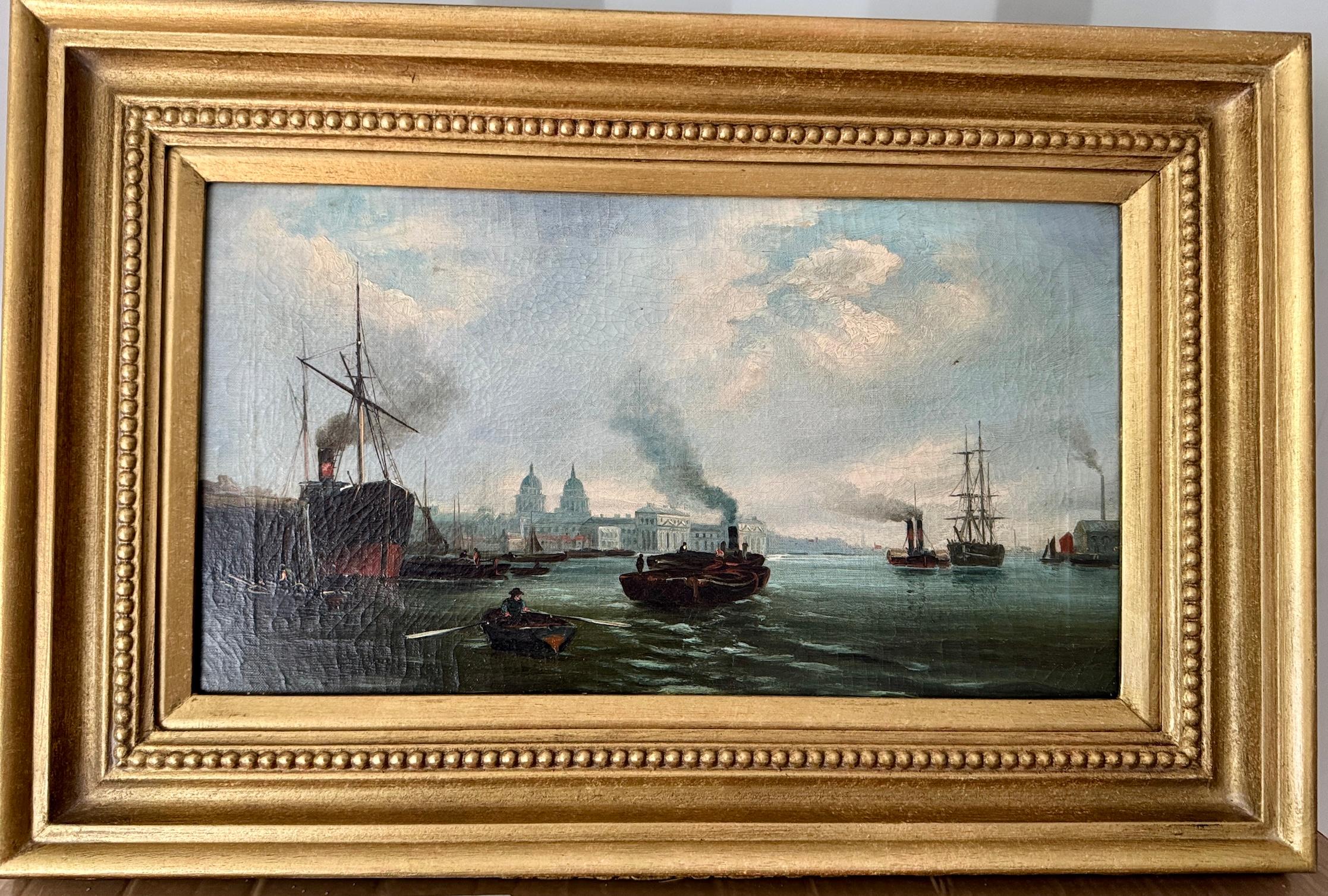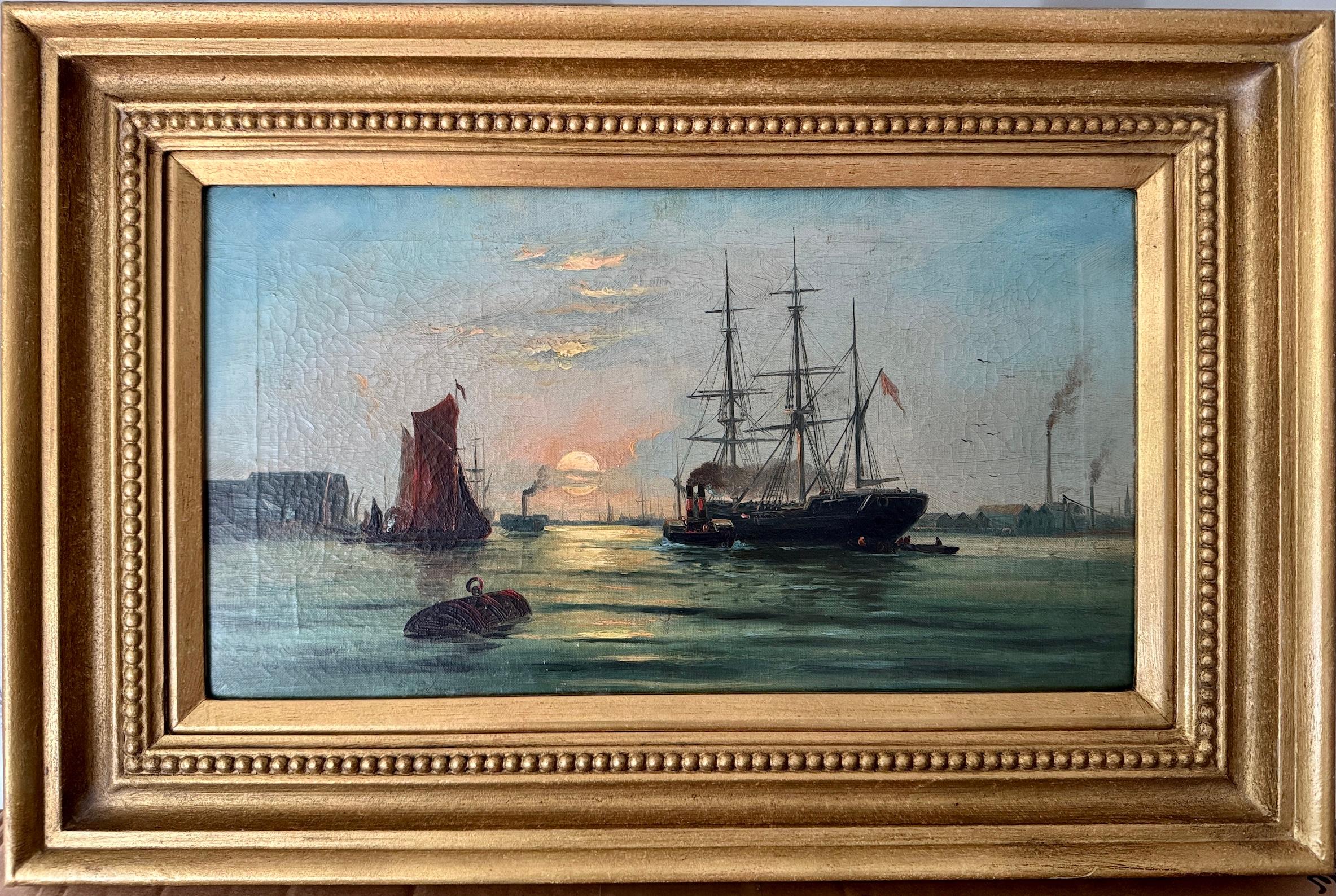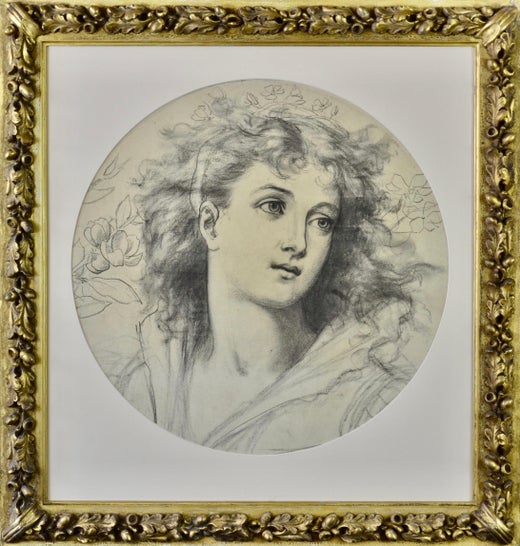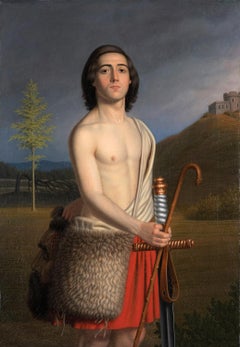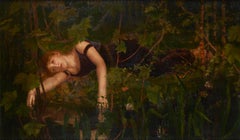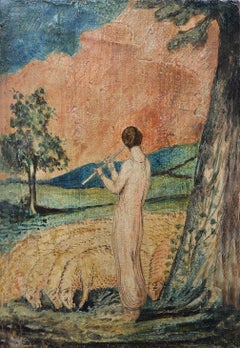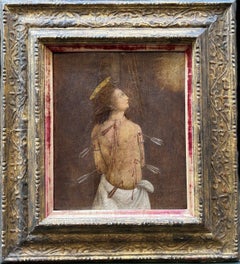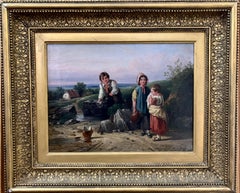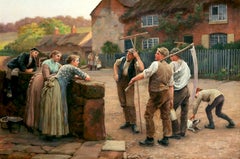
Home from the Harvest Field, 19th Century Rural English Oil
View Similar Items
Herbert Wilson FosterHome from the Harvest Field, 19th Century Rural English Oil1886
1886
About the Item
- Creator:Herbert Wilson Foster (1846 - 1929, British)
- Creation Year:1886
- Dimensions:Height: 26.75 in (67.95 cm)Width: 38 in (96.52 cm)
- Medium:
- Movement & Style:
- Period:
- Condition:
- Gallery Location:London, GB
- Reference Number:1stDibs: LU5246310042
Herbert Wilson Foster
Herbert Wilson Foster was born at Endon, Staffordshire on January 18, 1846. His father was a pottery artist and Herbert too worked in the industry as a tile designer for Minton. While at school in Hanley, he won medals for his art work and at the age of 24, won the silver medal at the Worshipful Company of Painter-Stainers. His talent won him a scholarship at South Kensington and he later went on to study in France and Belgium. Foster was a friend of George Heath, the Moorland poet who died at a young age and Foster drew the illustrations for a memorial edition of Heaths’ poems and designed his monument in St. Michael & All Angels Church, Horton. Foster lived at West Bridgford, just outside the city of Nottingham and married Rebecca Fisher from the village of Scarrington, Nottinghamshire. In 1891, Foster became a teacher at Nottingham Trent University, School of Art & Design and at his death in 1929, the principal said of him, "He was one of the most distinguished life masters in the country. He was certainly the best man we have ever had in that time. He was a brilliant student, and an exhibitor at the Royal Academy of Arts." Foster found time to exhibit his work at the Royal Academy of Arts from 1870–1899 these being genre scenes of daily life and his figures feature prominently in his paintings. He exhibited extensively between 1881–1917.
More From This Seller
View All1850s Victorian Figurative Paintings
Oil
Late 19th Century Victorian Figurative Paintings
Canvas, Oil
1860s Victorian Figurative Paintings
Ink, Egg Tempera
15th Century and Earlier Italian School Figurative Paintings
Oil, Panel
17th Century Flemish School Figurative Paintings
Oil, Panel
1960s Surrealist Figurative Paintings
Oil
You May Also Like
1850s Victorian Landscape Paintings
Oil
1890s Victorian Interior Paintings
Oil
19th Century Victorian Landscape Paintings
Oil
1850s Victorian Figurative Paintings
Oil
19th Century Victorian Figurative Paintings
Oil
19th Century Victorian Portrait Paintings
Oil



